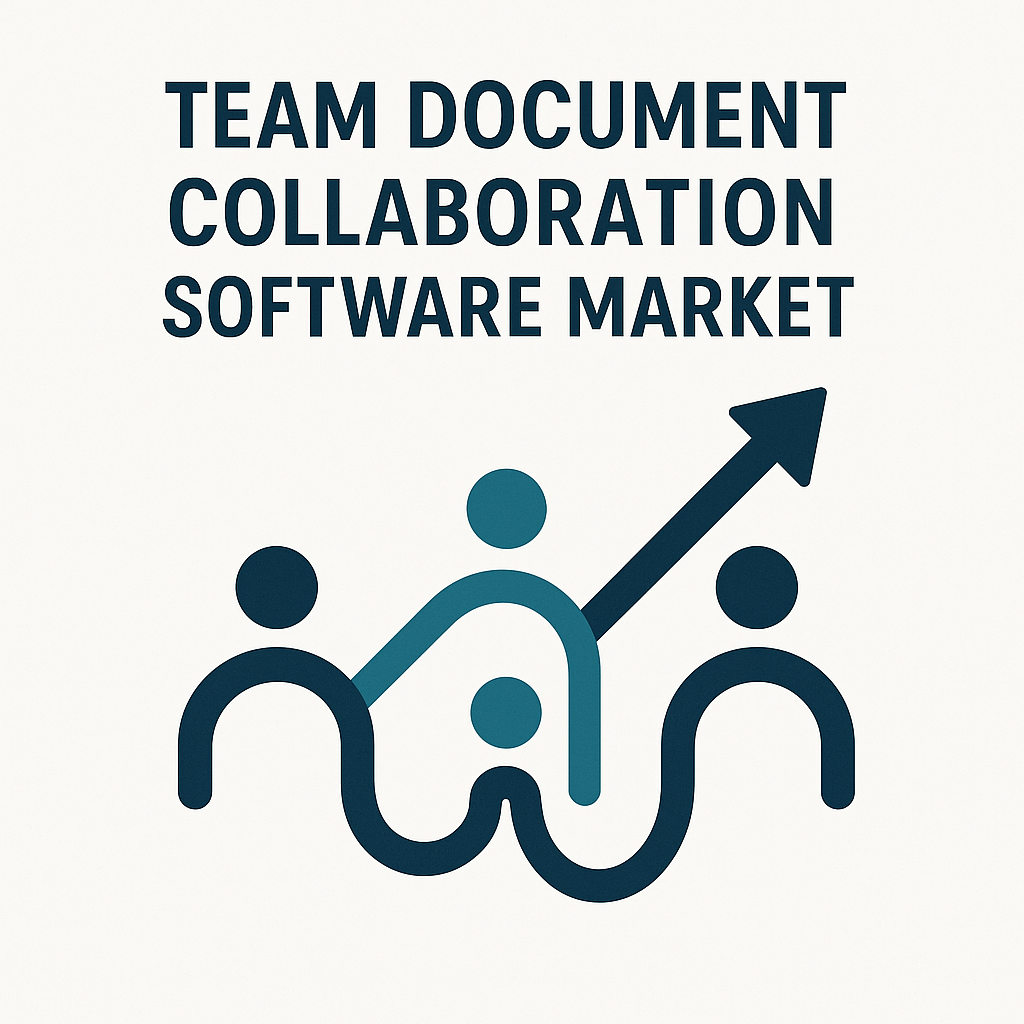Market Overview
The global Team Document Collaboration Software Market was valued at approximately USD 2.5 billion in 2024 and is projected to reach around USD 6.1 billion by 2033, exhibiting a compound annual growth rate (CAGR) of 10.6% from 2026 to 2033 . This growth is primarily driven by the increasing need for real-time collaboration, document sharing, and integrated project management tools, especially in remote and hybrid work environments.
Key factors influencing this market include:
-
Remote and Hybrid Work Models: The shift towards remote and hybrid work has necessitated the adoption of collaboration tools that enable seamless document sharing and real-time editing among distributed teams.
-
Cloud Adoption: The growing preference for cloud-based solutions offers scalability, cost-effectiveness, and accessibility, further propelling market growth.
-
Integration of Emerging Technologies: Incorporating artificial intelligence (AI), machine learning (ML), and blockchain into collaboration tools enhances functionality, security, and user experience.
-
Digital Transformation Initiatives: Organizations across various sectors are investing in digital transformation, leading to increased demand for efficient collaboration solutions.
Market Segmentation
1. Deployment Type
-
Cloud-Based: Cloud deployment is the fastest-growing segment, driven by its scalability, cost-effectiveness, and ease of access from any location. It allows organizations to store and access documents securely over the internet, facilitating real-time collaboration among team members.
-
On-Premise: On-premise deployment involves hosting the collaboration software on the organization’s own servers. While it offers greater control over data security and customization, it requires significant investment in IT infrastructure and maintenance.
-
Hybrid: Hybrid deployment combines elements of both cloud and on-premise solutions, providing flexibility to organizations. It allows businesses to store sensitive data on-premise while leveraging the cloud for other collaborative functions.
2. Enterprise Size
-
Large Enterprises: Large organizations often have complex workflows and a need for robust collaboration tools to manage extensive documentation and communication across departments. They typically prefer on-premise or hybrid solutions to maintain control over their data.
-
Small and Medium Enterprises (SMEs): SMEs are increasingly adopting cloud-based collaboration tools due to their affordability and scalability. These solutions enable SMEs to compete effectively by streamlining operations and enhancing productivity without significant upfront investment.
3. Industry Vertical
-
Information Technology (IT): The IT sector is a major adopter of collaboration tools, utilizing them for software development, project management, and client communication. The need for agile workflows and real-time collaboration drives the demand in this sector.
-
Healthcare: Healthcare organizations use collaboration software to manage patient records, coordinate care among medical professionals, and ensure compliance with regulations. The emphasis on data security and privacy is paramount in this industry.
-
Education: Educational institutions leverage collaboration tools for virtual classrooms, document sharing, and administrative coordination. The rise of e-learning and digital classrooms has significantly increased the adoption of these tools.
-
Others: Other sectors, including finance, retail, and manufacturing, are also adopting collaboration software to enhance communication, streamline operations, and improve overall efficiency.
4. Functionality
-
Document Editing: Real-time document editing allows multiple users to work on a document simultaneously, enhancing productivity and reducing turnaround time.
-
Version Control: Version control features enable users to track changes, revert to previous versions, and maintain an organized history of document modifications, ensuring accuracy and accountability.
-
Others: Additional functionalities may include task management, workflow automation, and integration with other enterprise tools, providing a comprehensive collaboration solution.
